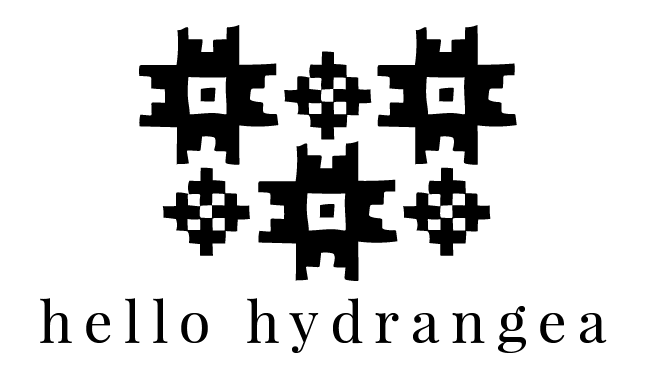Inspired by Poketo
Today I walked to school looking like a polar bear, and feeling like an icicle. It is so cold! If I had a fireplace I would make some hot chocolate and never leave our apartment. Only the thought of my lovely followers and their comments kept me warm today! Thank you, everyone!
Lately I’ve noticed the new trend in 'frame wallets'. I've been dying to find my own version because they are perfect - flat, organized and durable, with an endless possibility of designs. At least, that's what I thought. I bought this blue wallet for only $3, expecting to have a multitude of ideas to design around it.
My inspiration came from two places: the first is Poketo. Poketo is a company that takes art from the galleries and into everyday lives by displaying artist's work on handbags, apparel and wallets. Even though the title sounds like the spanish version of 'a little bit', the name originated from a mispronunciation of pocket. Look at these beautiful wallets!
This website has so many beautiful wallets, as well as beautiful prints in general.
The second place I found inspiration was a textile artist called Tula Pink. The scallop/fish scale pattern has always been a favorite of mine.
With these two inspirations in mind, I got to work on my multimedia wallet. I have to admit that between work, school and homework it took me a while to finish this little thing. However, if I had a step-by-step tutorial like some people do, it would take no time at all!
1. The first step was to design my pattern. I keep a sketchbook for those possible moments of inspiration that come during statistic class. (You can't fight when the epiphanies happen!) After designing it, I created a vector pattern to share with all of you. You can download it here! P.s. You may have to alter the pattern depending on the size of your wallet or project. I ended up cutting 1/4" off of both ends despite the meticulous measuring that I did.)
2. If you print the pattern onto card stock, it will be super easy to use as a die cut. I didn't have any, so I lay plastic on top and traced the pieces that I needed for the pattern.
3. Then I cut them out.
4. Once deciding on the fabric types to use, I traced the die-cuts on the back and cut them out.
5. This step is purely optional - I thought it would be easy to pin the fabric pieces into place, but that was a lie with the thick leather, so instead I put a teeny amount of hot glue in the center and pressed them into place until I could add a more permanent technique.
6. It might seem impossible to sew on a ready-made wallet, but I am here to testify that it can be done. The flap that holds bills opens wide enough to allow a needle to puncture almost every area needed. This part took the most time because I had to guess where the needle would come out, but it turned out easier than I thought.
I know. The inside looks like a mess. In retrospect, I might add a panel of complementing fabric on the inside where the stitching is. But I don't really mind - it's proof that I made it with these two hands!













